Venture Electronics gained international fame with its Monk line of earbuds: their $5 price combined with good sound quality earned them a place in many audiophiles’ ears. VE has been using an off-the-shelf housing for all of their earbuds, and a relatively large one too. The Venture Electronics Monk Lite changes this.
Don’t be fooled by the name: Lite stands for “small”, not for “downgraded/cheaper version” as it happens in the tech world (think of “Lite” smartphones). The biggest news is the use of new housings that are smaller than the previous ones, therefore having different acoustic properties. The drivers were tuned accordingly and two different versions are on sale: a 40 Ω, portable device-friendly one, and a 120 Ω one more suited for amplifiers and dedicated sources.
A small note on this review: I decided to include the review for both the 40 Ω and the 120 Ω models in this same page. You may want to jump directly to the section of your interest: Venture Electronics Monk Lite 40 ohm and Monk Lite 120 ohm.
Disclaimer: Lee sent me a pair of each version to review them and allowed me to keep them. More on the Monk Lite on VE’s website.
TL;DR: recap
| Pros |
Cons |
| Comfortable and suitable for wearing while sleeping
Great soundstage and imaging Slightly bright, energetic signature Extremely affordable |
Slightly bright tuning |
Rating: 9/10
Packaging & Accessories
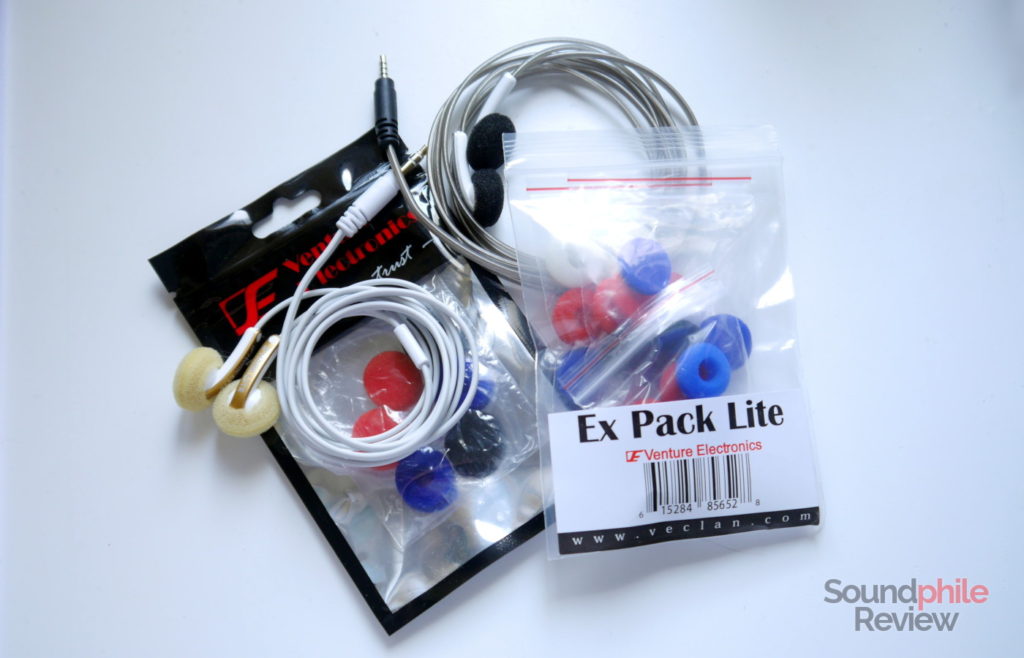
Venture Electronics shipped the Monk Plus in a simple plastic bag and it keeps on using a plastic bag for the Monk Lite, though it is now a resealable bag. I only got one, and that’s the 40 Ω version – as the 120 Ω version is a reviewer unit, it does not come with retail packaging. They did came, however, with an Ex Pack Lite which contains three different foam densities and two types (ring and full jacket).
Design & Comfort
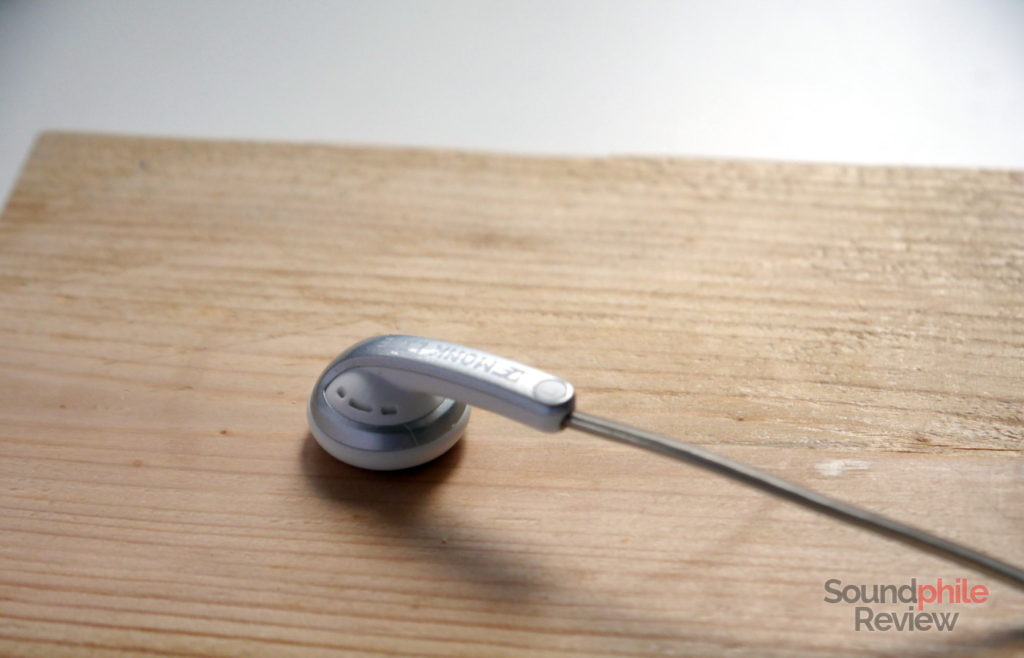
The Venture Electronics Monk Lite are indeed much smaller than their Monk Plus counterparts. Not only is the diameter of the housings smaller, but the height is too. VE chose once again a stock housing, so they did not design a new one from scratch but instead focused on designing the driver to make it sound good with the new housing. The general impression is that the Monk Lite are more svelte and way smaller than the Plus version; this gives them a clean, young(er) look that clearly separates them from the rest of the Venture Electronics line-up.
The lower footprint of the housing makes it also possible to lie on one’s side while wearing the earbuds, thus making them a good alternative for those who like to fall asleep while listening to music. I found myself in this situation a couple times and I slept like a baby.
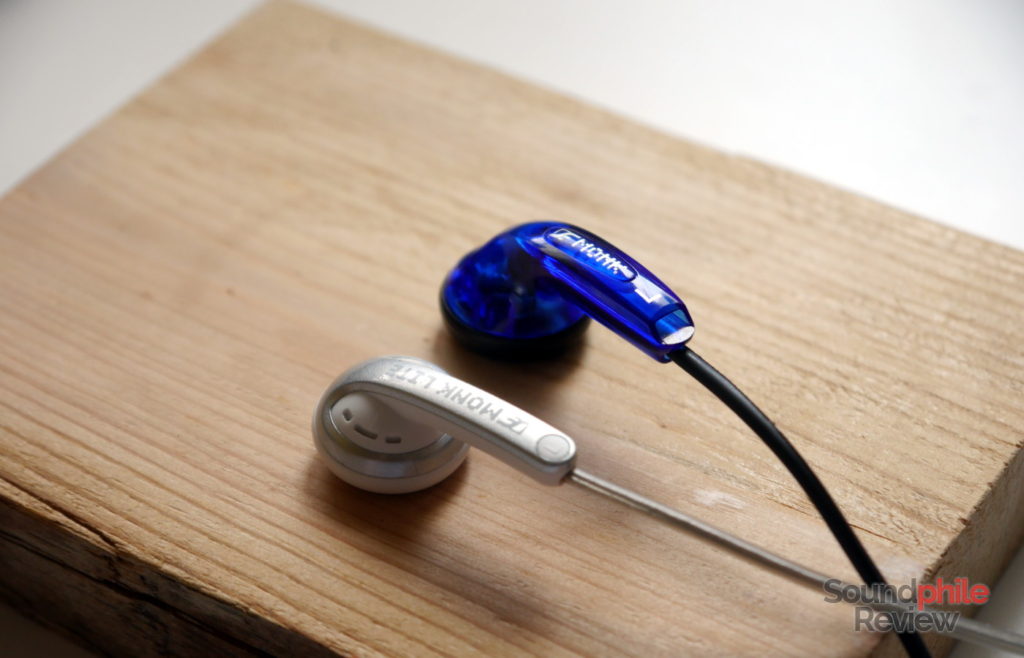
The 40 Ω and 120 Ω editions are clearly recognizable due to the different colour schemes employed:
- the 40 Ω are gold and white or gold and black;
- the 40 Ω with SPC cable are silver and black;
- the 120 Ω are silver and white, whether with standard or SPC cable.
It is therefore relatively easy to tell the different versions apart. Venture Electronics keeps the dual cable approach; though I personally do not believe in the influence of cables over sound, I found some differences with the SPC cables, as I wrote in my Monk Plus SPC review, but I was not able to do a direct comparison with these earbuds yet. I will leave the decision over the matter up to you and take a stance as neutral as possible.
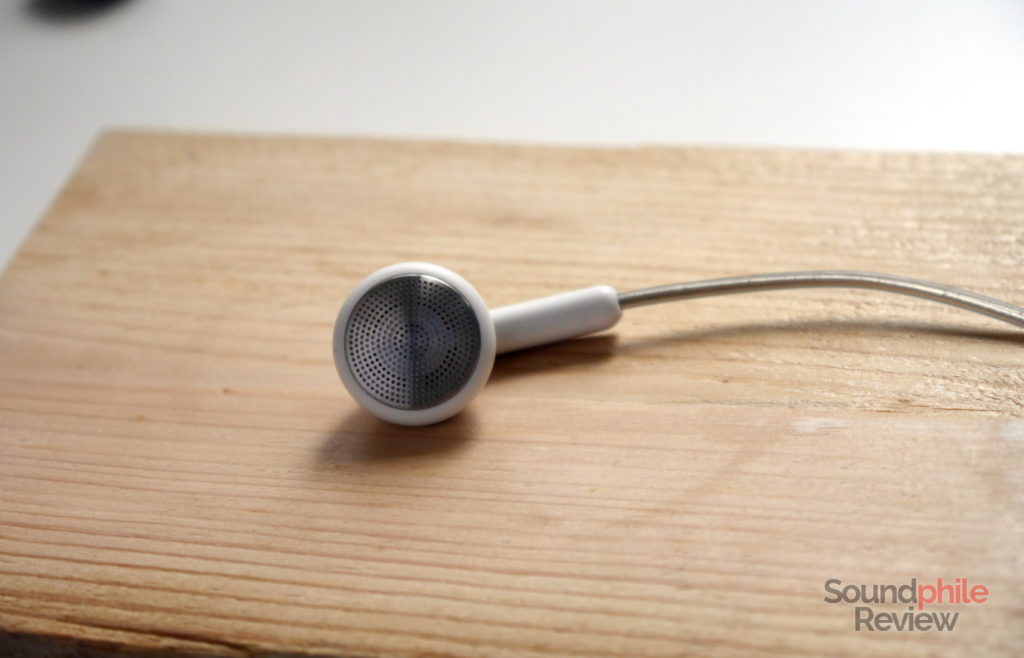
The whole housings changed, so the part that goes against the ears changed too – it is now a metal grille. The only real complaint is the fact that the left and right labels are hard to see: painting them with a contrasting colour (e.g. black on silver) would make them far more readable.
Comfort is good and I deem it better than that of the Monk Plus, mainly because of the smaller radius of the housings; despite this, I still find the use of foams essential to get both better comfort and better isolation/bass response. As they are essentially comparable to open back headphones, earbuds do not generally provide any isolation; using foams allows one to get that bit of isolation that makes it possible to use earbuds in environments with a bit of noise or to get a bit more bass. On top of that, foams allow me to use the Monk Lite all day long – quite impressive.
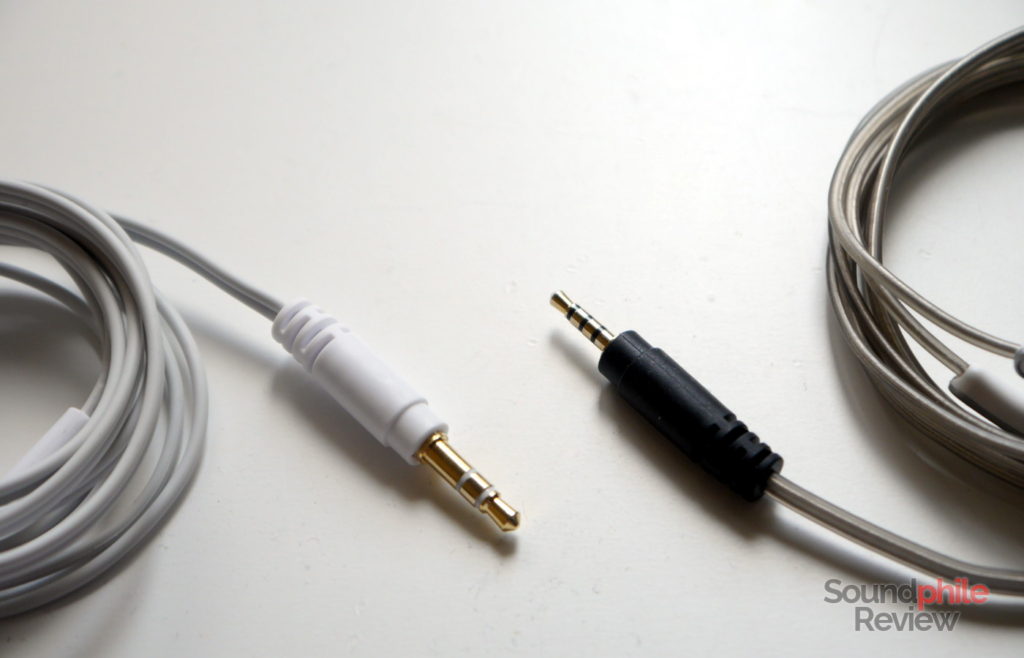
The cables are almost identical to those VE used on their other products; there is no significant difference in this regard. There’s close to no microphonics, which is great if you use them while out and about. When I tried the Monk Plus SPC and the Asura 2.0s I complained about the cable being a bit stiff due to the kinks that result from the packaging and shipping; it seems like VE found a solution to this, as the SPC cable on the 120 Ω unit is now much better.
Sound & Specs: VE Monk Lite 40 ohm
I tested the Monk Lite 40 ohm using several sources: Topping DX7, Little Dot MKIII SE, iFi micro iDSD Black Label, iFi nano iDSD Black Label, Topping NX4 DSD, Cayin N5ii, Hidizs AP200 and RHA Dacamp L1. 99% of files were standard-res FLACs. 100 hours of break-in were applied.
Venture Electronics Monk Lite 40 ohm
|
| Frequency response | 20 – 20,000 Hz |
| Impedance | 40 Ω |
| Sensitivity | 117 dB |
The 40 Ω impedance makes the Monk Lite easier to drive than the Monk Plus, therefore opening them to wider use with a variety of devices; though the Monk Plus were already sensitive enough to be driven by most devices easily (think PCs, smartphones, DAPs), the Lite version should be even easier and therefore offer better compatibility – no amplifier should be strictly necessary to drive them.
Not only are the Monk Lite 40 ohm different from the Monk Plus from an aesthetic standpoint, they are from an acoustic standpoint too. While the Monk Plus tend to be a bit warm, the Monk Lite 40 ohm tend to be bright. They don’t forego any bass, but they tend to focus more on midrange and on the upper part of it. It seems to me like they are also clearer and offer better technical ability.
This technical ability comes in the form of soundstage, imaging and instrument separation. There’s a wide, open soundstage that extends far enough in the space to make you feel in a large concert hall; though it is not as wide as on the 120 Ω version or on the Asura 2.0, it is still remarkable. Imaging is quite good and allows for accurate positioning of instruments on the stage. It is also fairly easy to tell all the instruments apart, except for the most dense situations; this is the weakest point among these three and the one where some improvement could make a big difference, though it is fairly good already.
The focus of the Monk Lite 40 ohm is on the midrange: bass is present, but in the background, on the same level as the treble. This leaves the midrange in the spotlight, creating a weird sound signature that is quite different from the market’s usual ones (e.g. V-shaped, bass boost) but still enjoyable and balanced.
Bass starts at about 55 Hz and slowly raises until it reaches 110 Hz, where it then keeps a more-or-less steady level. Lows are definitely not strong here, with sub-bass being practically absent and thus unable to give sound that punch and body that make music sound really full and fun. Massive Attack’s Angel clearly shows this, as the intro lacks that punch and depth it should have. Despite this shortcomings in quantity, the Monk Lite 40 ohm deliver in terms of quality: bass is decently fast and, although it won’t portray all the most minute details, it is quite enjoyable in its overall picture.
Midrange is the star of the show, being in front of everything else. It is pleasantly refined, with a good amount of detail and enough speed for it to make you feel the impact. Its balance is tilted towards the upper part, making the mids slightly bright. On the opposite side, there is also a slight emphasis on the lower mids. It’s an odd signature for sure! Voices are quite realistic and most instruments are pleasant, though acoustic instruments (e.g. piano, acoustic guitar, harp, etc) that benefit from a bit of added warmth are not as pleasant as on warmer headphones – though, on the other hand, wind instruments sound great.
Treble lies behind the mids, but lest not this trick you into thinking it is not clearly audible or muddy; on the contrary, it is decently clear and detailed. The general character is not analytical and overly rich with detail, but there’s enough of it to get a good picture of what’s going on. Extension is good, as far as I can tell (I can hear up to ~16 kHz…), with a peak around 11 kHz and a relatively slow roll off after that with a few peaks and dips.
The Monk Lite 40 ohm’s peculiar signature makes them good for genres that favour a strong midrange reproduction – that is, classical, folk, rock and all other (acoustically) similar genres. Other genres sound fine, but may suffer from the lack of bass extension.
Sound & Specs: VE Monk Lite 120 ohm
I listened to the Monk Lite 120 ohm on a variety of sources; among them: Topping DX7, Little Dot MKIII SE, iFi micro iDSD Black Label, iFi nano iDSD Black Label, Topping NX4 DSD, Cayin N5ii, Hidizs AP200 and RHA Dacamp L1. As the unit I received has a 2.5 mm TRRS balanced connector, I could use both single-ended and balanced connector on all the devices through adapters. Files were mostly standard-res FLACs. 100 hours of break-in were applied.
Venture Electronics Monk Lite 120 ohm |
| Frequency response | 20 – 20,000 Hz |
| Impedance | 120 Ω |
| Sensitivity | 114 dB |
Although it is possible to drive the Monk Lite 120 ohm with almost anything, thanks to the 114 dB sensitivity, they surely sound best when paired with an amplifier or a DAP.
Despite the name, the Monk Lite 120 ohm are more akin to an Asura 2.0 than to a Monk Plus: they are on the bright side and have a fast driver that makes them sound fast and aggressive – just as the Asura 2.0. There’s a strong sense of immediacy that permeates the sound: everything is fast and dynamic. This makes the Monk Lite 120 Ohm especially involving and immersive, as well as suited to fast-paced genres and tracks which need speed.
Soundstage is as wide as one can expect from an earbud: though not extremely large, the sound has a nice sense of spatiality and distance – the feeling is that of a very large concert hall. Depth is just hinted at, alas. All in all, the result is quite notable and far exceeds my expectations on a budget earbud unit. Imaging is good, but not exceptional: one can place instruments on the stage with good accuracy, but not down to the millimetre, so-to-speak. Instrument separation, on the other hand, is surprising as even dense tracks sound clear and clean, making it possible to pick each instrument.
Despite their open nature, the Venture Electronics Monk Lite 120 ohm deliver outstanding presence in the bass region not only in terms of quantity, but of quality, too. I am delighted by the amount and depth of bass in these earbuds, as there’s enough not to make me long for closed-back IEMs – though we’re definitely not in basshead territory either. Below 50 Hz the volume rapidly drops down, though it’s still audible at 40 Hz; despite this lack of sub-bass, there’s enough extension to the lows as to make it possible to enjoy even bass-focused tracks, though you won’t be able to feel it as much as with lower-reaching headphones. Texture is quite enjoyable, thanks to little details being displayed in large quantity. I hear good speed and impact in the lows which make them entertaining and fun, as well as enjoyably realistic on most occasions.
The tonality is, generally speaking, bright. While midrange appears mostly neutral, there is a slight elevation in the upper section, reinforced by slightly emphasised treble. This keeps on reminding me of the Asura 2.0 and their bright tone; the result is an upbeat and energetic tone that really involves you and gives music a punchy and vivid look. It really makes music fun to listen to. I don’t find it lacking in the lower section either, as male voices and other instruments that rely on lower mids sound natural and full. There’s no denying that a bit of added warmth could be beneficial to some instruments, but it’s not strictly necessary. There’s a good amount of sparkle and clarity that make everything pop out.
Treble is a bit emphasised, especially around the 10 kHz mark: this adds detail and presence to instruments like the cymbals or the brass instruments (e.g. trumpet), but it never gets fatiguing or intrusive as it is neither piercing nor harsh. Speaking of detail, there’s no super-analytic detail here, but there’s the right amount to enjoy what you are listening to. Extension is also in line with that of the 40 ohm version, as far as I can tell.
Due to their bright nature, the Monk Lite 120 ohm are especially appropriate for genres like rock, classical, folk, Celtic and all the other ones that sound best when there’s some sparkling in mids.
Final Thoughts
Technically speaking, I think the Monk Lite are better than the Monk Plus. Their soundstage is wider, the instrument separation is better, the imaging is more accurate, the sound signature is more balanced. They are a completely different beast, though they retain one of the main selling points of the original Monk – being affordable, yet offering good sound. They are quite different in their tonal balance, though, so I think they cater to a different audience.
The Monk Lite’s high value and likeable sound signature make them a good fit for almost anyone, from the casual listener to the demanding audiophile. It’s hard to find any significant flaw in them; the only thing that should be taken into account is the relatively bright signature that may not meet someone’s taste. Other than that, they’re earbuds that certainly deserve listening to – especially so given the low price. They may not be “giant killers”, but this doesn’t prevent them to just sound good – which is the whole point, isn’t it?
The Venture Electronics Monk Lite sell for $6.

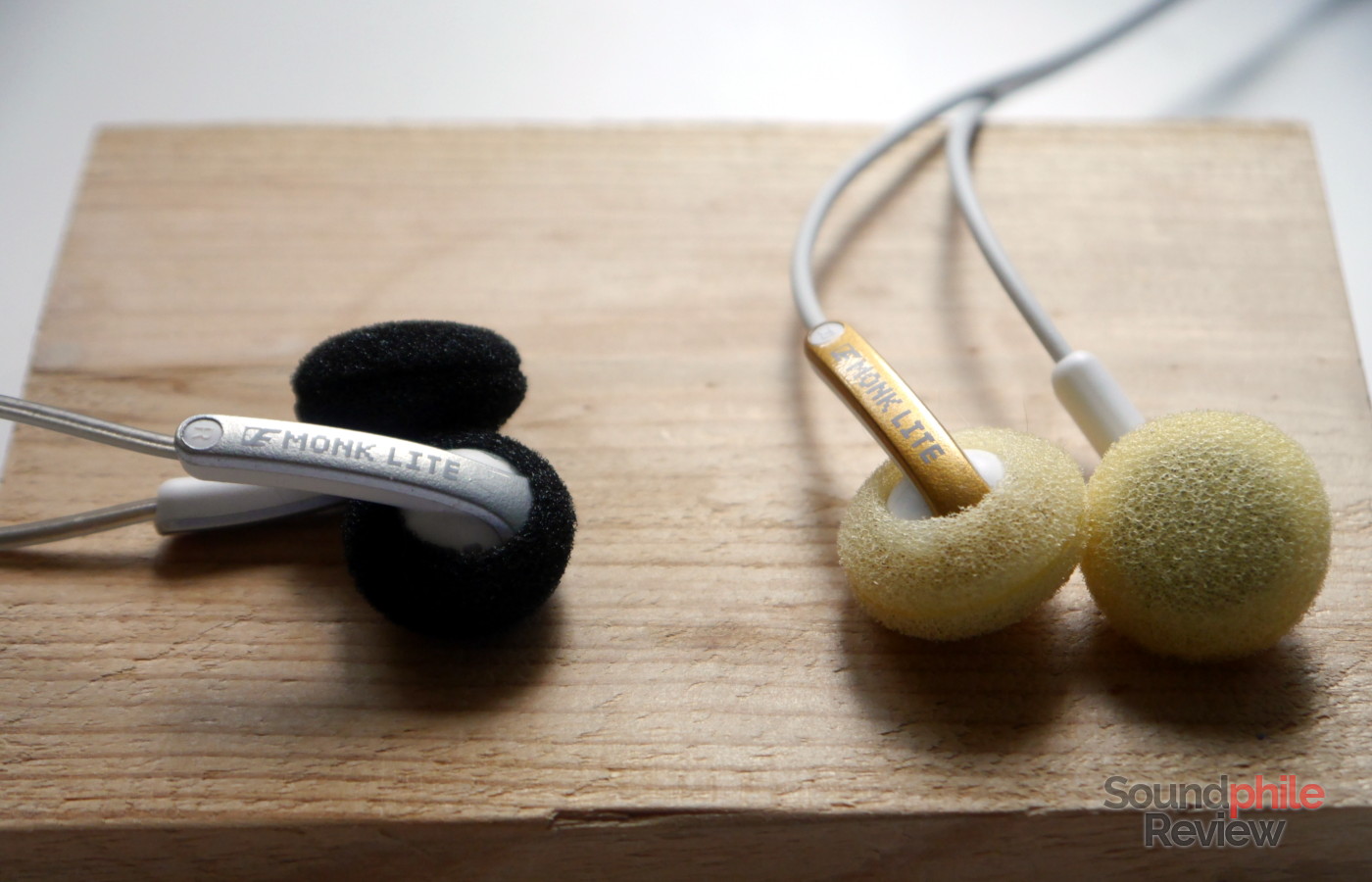


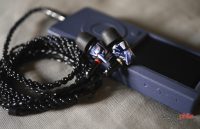
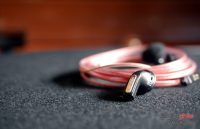
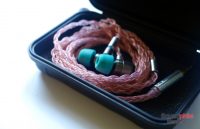


Great review
a great help, I am looking for “old fashioned” ear buds, for outdoor activities as well as good quality sound effects while sitting inside and as more and more manufacturers drop out (sony, Sennheiser, edifier) it is great to see you roam the market and come up with good alternatives!
Can i use it with avani/xumee?
I don’t see why not.